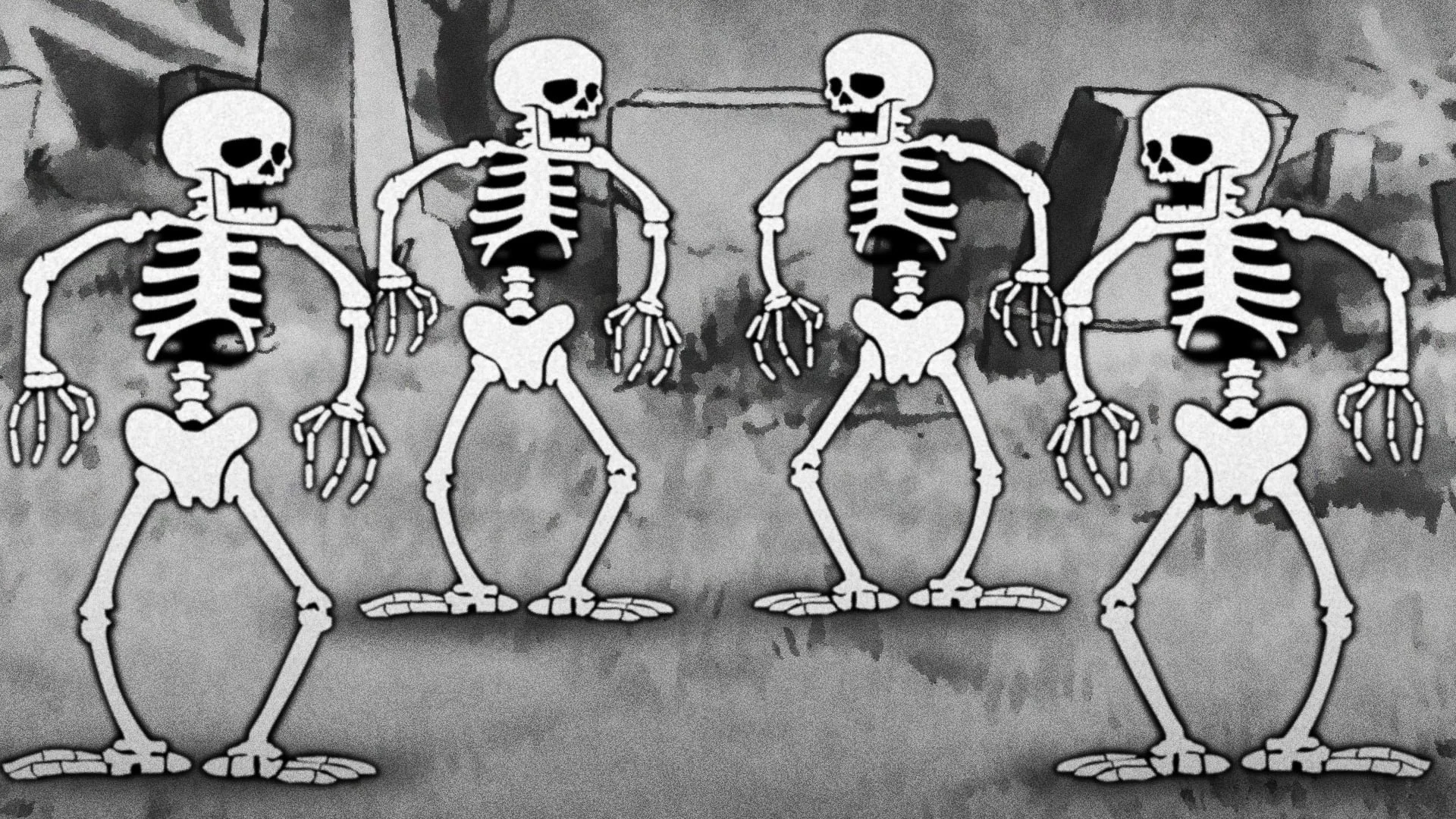Considered the great novel of Quebec literature, approaching “Maria Chapdelaine” is an exercise in cinematic challenge. The work of the Frenchman Louis Hémon is one of the most representative of the spirit of the French-Canadian pioneers and colonists, which is considered an allegory of the fate of the people of Quebec, whose expansionist desires were reduced to the region. A book that dares to adapt Sébastien Pilote, with a proposal whose care for the scenographic section, combined with a deep respect for the original sourceallows you to see a theatrical version that goes beyond what is correct.

Respecting the literary spirit of the film, Pilote, who also signs the screenplay for this adaptation, divides the feature film into episodes, in which It is allowed to play with the periodicity of the seasons as a portrait of the daily life of the Chapdelaine family, who lives on a farm in the northernmost area of Lac Saint-Jean, in Normandy, in full colonial expansion. Hostile territory for its fateful and cold winters, the film shows how the harshness of the climate ends up tanning the character of its protagonistsin particular that of the young woman who gives the title to both Hémon’s work and Pilote’s film.
Pilote had the challenge of giving the adaptation an author’s eye while staying true to Hémon’s intentions with the book. A complicated balance that the director achieves thanks to emphasizing the importance of the natural territories of the Normandy, which lives almost in a perpetual winter and which allows us to have an idea of what the hard life was like for the settlers who were looking for better opportunities in the new world. . Transforming the Canadian taiga into that other protagonist allows us to respect the poor dialogue of a feature film that has something of Lisandro Alonso’s ‘Jauja’.

In the midst of scenes that allow you to feel that spirit of being right on the edge of the border, Pilote allows himself to make a feature film with contemplative gazes that convey that country feeling that time passes more slowlyinviting the public to focus more on accurate interpretations, with a heroine who plays with looks and in which the sensations are perceived more with the expressions on her face than with her words. Thus we can understand the predilection she has for one of the three men who want her, as well as the sadness she suffers from the adversities to which life subjects her despite being 18 years old. or resignation to repeat the fate of the parents.
An intimate and careful portrait of colonial Quebec
Pilote thus sets up a parable on the history of Quebec itself, on how children end up being prisoners of their parents’ colonial ambitions. Here the director knows how to respect the meaning of the three young people trying to marry Maria: François Paradis, Lorenzo Surprenant and Eutrope Gagnon. Freedom, ambition and patience. Unlike Hémon’s work, Pilote seeks to offer a hopeful glimpse into the young woman’s decision regarding her fate. First, it is appreciated that it gives the girl an innate inner strength, especially in relation to marriage, a socially imposed obligation that Mary chooses in order to satisfy part of her desires.

Pilote instead avoids the pessimism of the original work, showing how strong family ties and unwavering fidelity to its principles allow the protagonist to shape her own future within the limits of a girl of humble origins in the former colonies of French Canada at the beginning of 20th century. This is possible thanks to the sober interpretation of Sara Montpetit, no one would say that it is her first work in the cinema. The actress is very well accompanied by leading figures of Quebec acting, such as Sébastien Ricard or Hélène Florent. Mention also for the three beautiful protagonists, Émile Schneider, Robert Naylor and Antoine Olivier Pilonthe latter continues his career on the rise by showing the character for period productions.

“Maria Chapdelaine” is an accurate chronicle of the history of settlers in Quebec at the beginning of the 20th century. Pilote knows how to carry the spirit of Hémon’s work with the utmost respect, with careful period dramaturgy, with an intimate look, with superb interpretations and an exquisite technical section. The director recalls that Maria Chapdelaine is a heroine with an inner strength as great as Lucy Maud Montgomery’s Anne Shirley in “Anne of Green Gables”. A film that reminds us once again of the importance of appreciating these stories on the big screen.
Note: 8
The best: His careful photography, set design and costumes. Sara Montpetit’s deep gaze.
Worse: Eventually it gets a bit long.
Source: E Cartelera




